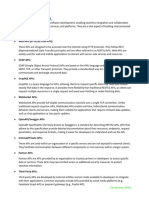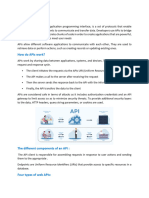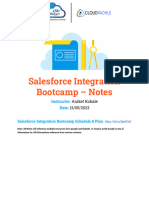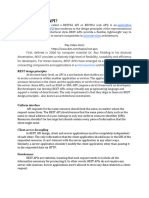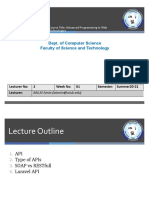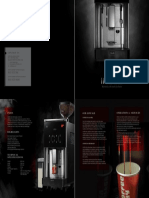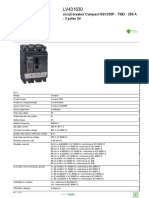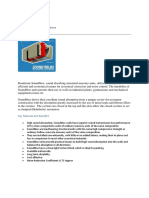0% found this document useful (0 votes)
10 views3 pagesCAPIE - Chapter 1.7 - Assignment - An Introduction To APIs
Uploaded by
221551601019Copyright
© © All Rights Reserved
We take content rights seriously. If you suspect this is your content, claim it here.
Available Formats
Download as PDF, TXT or read online on Scribd
0% found this document useful (0 votes)
10 views3 pagesCAPIE - Chapter 1.7 - Assignment - An Introduction To APIs
Uploaded by
221551601019Copyright
© © All Rights Reserved
We take content rights seriously. If you suspect this is your content, claim it here.
Available Formats
Download as PDF, TXT or read online on Scribd
/ 3







